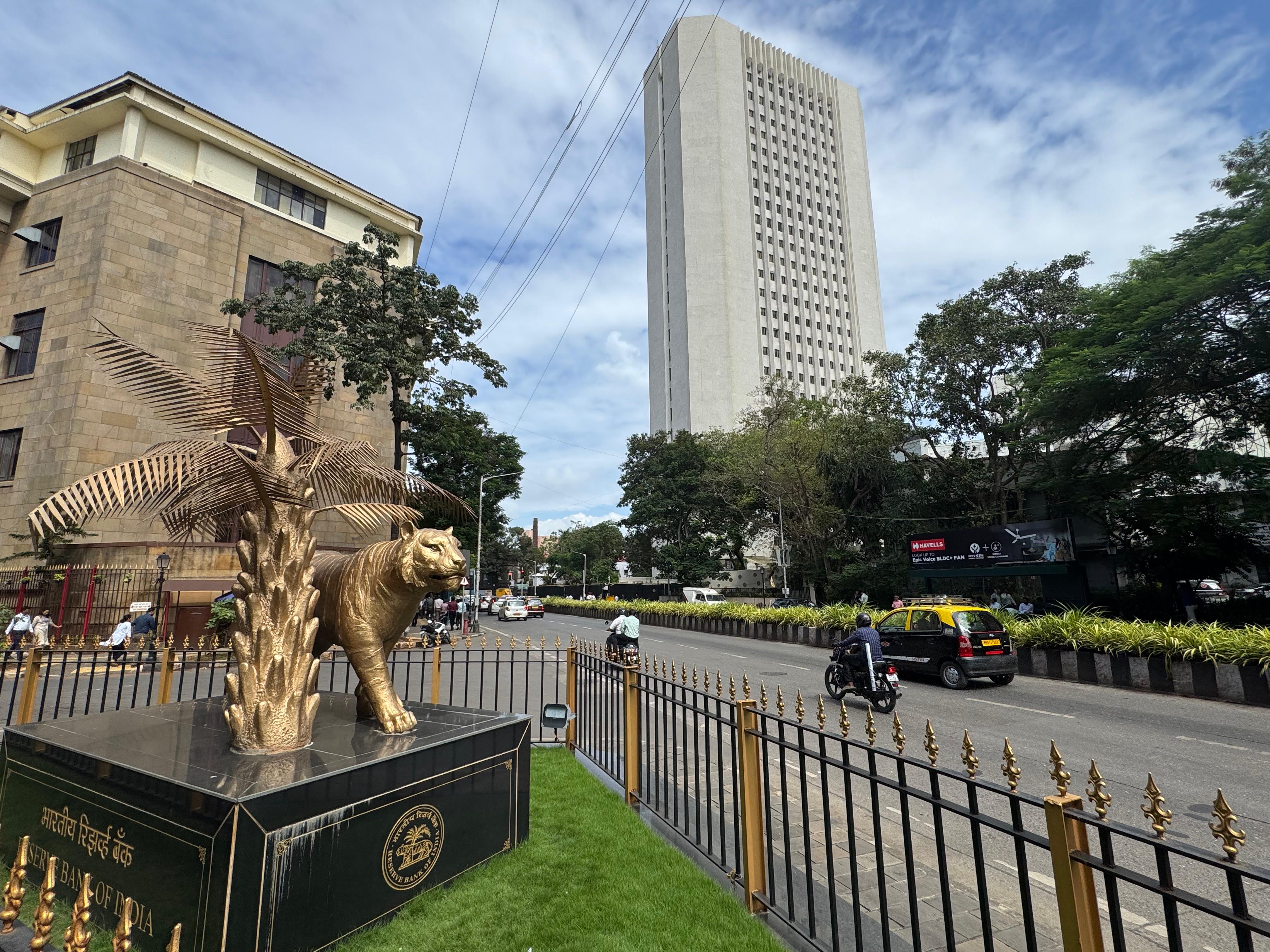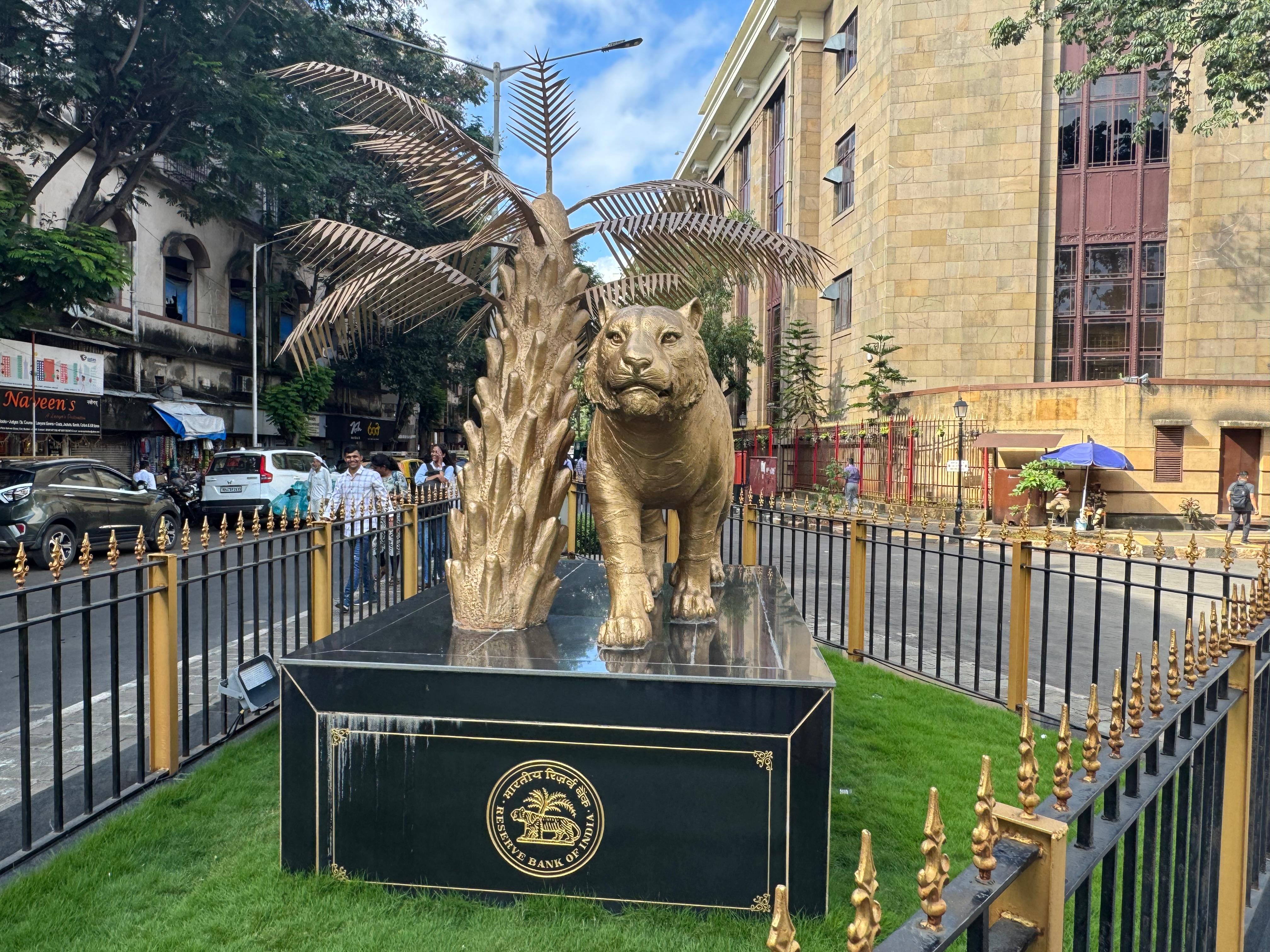.png)
Myth of Currency Debasement
Markets often mistake monetary flexibility for monetary decay. The greater risk lies in misreading cycles as signs of systemic erosion.


By V Thiagarajan
Venkat Thiagarajan is a currency market veteran.
October 12, 2025 at 4:16 PM IST
“The process (of currency debasement) engages all the hidden forces of economic law on the side of destruction, and does it in a manner which not one man in a million is able to diagnose.” John Maynard Keynes
As a central element of modern sociological, political and economic theory, the self-fulfilling prophecy is a process whereby a belief or an expectation, correct or incorrect, affects the outcome of a situation or the way a person or a group will behave. Merton once said that “public definitions of a situation (prophecies or predictions) become an integral part of the situation and, thus, affect subsequent developments.”
It is common knowledge that markets are prone to something called the narrative fallacy. In other words, a consensus develops around a narrative, and markets broadly adjust the perception of facts to fit that narrative. Only when a narrative becomes totally untenable do markets abandon it, often with sharp price effects. In the interim, markets continue to be driven by that dominant narrative, which evolves into a self-fulfilling prophecy, and a FOMO bias is evident in every step.
Be it the widely popular narrative of competitive currency devaluation in the 2010s or the currently fashionable macro reasoning through the prism of currency debasement, investors relentlessly seek explanations and narratives to rationalise why markets rise and fall. It remains a fascinating interplay between logic and emotion, predictability and randomness.
This article seeks to challenge the current popular acceptance of the currency debasement trade and to caution against getting on this bandwagon aggressively.
To begin with, let us define the concept of currency debasement.
Currency debasement, as a simple act, once served as a critical financial strategy for monarchs and states facing economic crises. It was an old trick when coin-makers scrimped on gold and silver, slipping in lesser metals but pretending nothing had changed. By decreasing the metal content in coins, governments could mint more money from the same amount of precious metal, effectively funding immediate needs at the expense of long-term economic stability. Debasements worked then, as governments could be confident that few people would immediately become aware of a reduction in the weight of a coin or in its bullion content.
History is full of empires and nations that saw their money crumble through debasement. Roman emperors, Ottoman sultans, English kings, all played the game and lost. It's a lesson written in the ruins of coins and economies, a warning to those who would follow in their steps.
In 1944, the Bretton Woods Agreement pegged the currencies of major economies to gold. Because the US controlled most of the world’s gold at the time, the agreement effectively cemented the dollar as the international reserve currency, the main unit the world used to trade and save. This special role for the dollar has long engendered enmity even among allies; most famously, French Finance Minister Valéry Giscard d’Estaing cited the US of enjoying an “exorbitant privilege” due to the dollar’s reserve status.
In 1971, President Nixon took the US off the gold standard, overseeing a departure from the managed exchange rates that had prevailed under the Bretton Woods system. The West moved towards an economic model that stressed tackling inflation through constrained fiscal policy, with monetary policy handled by independent central banks focused on stabilising money supply growth.
The key to understanding the difference between historical currency debasement and its modern version lies in the difference between commodity money and fiat money. Unlike the commodity money of previous eras, modern fiat currency has no intrinsically valuable element inside it.
Current Context
The current period is also characterised by a broad re-evaluation of what constitutes value and a contest between monetary expansion and the appeal of scarce, inflation-resistant assets. For now, gold and bitcoin sit at the forefront of this debate, complemented by equities and other strategic holdings as investors navigate a challenging macro landscape.
In the absence of parameters to detect currency debasement early enough in the modern era, it is worth examining the normally held assumptions to test their validity.
Excessive money creation need not debase currency
Economist Thomas Sowell noted this distinction in an article in The National Review in 2011: “It was an act of war when we started bombing Libya. But the administration chose to call it ‘kinetic military action’. When the Federal Reserve started creating hundreds of billions of dollars out of thin air, they called it ‘quantitative easing’. When that didn’t work, they created more money and called it QE2 and thereafter QE3, instead of saying: ‘We are going to print more dollars — and hope it works this time.’”
This unbridled money creation in the 2010s and the balance sheet expansion of the Fed did not manage to debase the dollar as conventional economic wisdom would suggest. Even in 2025, decades after the end of the gold standard and several rounds of quantitative easing, the dollar remains by far the most commonly held reserve currency and the lingua franca of global trade.
Independence of central banks is no safeguard against debasement
Whether one believes currency debasement is a necessary bugbear for the modern economy, or merely a reimagining of an exuberant state, depends on faith in central banks’ ability to navigate cycles. That is why modern markets attach such importance to central bank independence.
Turkey has experienced significant currency debasement, particularly a rapid devaluation of the lira in 2021 following the dismissal of the central bank chief, which led to the currency hitting an all-time low against the dollar.
On the other hand, a fiercely independent European Central Bank could not prevent the eurozone debt crisis in 2010, which fuelled mounting fears through 2011 and 2012 that the single currency area could break up, resulting in severe debasement of the euro.
A similar pattern emerged in September 2022, when, at the peak of the Liz Truss episode, the independent Bank of England could not prevent a market-driven collapse in confidence that nearly unhinged the pound.
As such, while independence is essential to avoid currency debasement, it does not necessarily prevent it.
Modern symptoms of debasement
An instance of such nature occurred in the UK in September 2022, and that episode can serve as a yardstick. The word “mini-budget” will be forever toxic in the lexicon of UK. So disastrous was then-Chancellor Kwasi Kwarteng's statement, which included £45 billion of unfunded tax cuts, that its shadow still stretches over British politics. Over three days, yields on 30-year gilts rose by 140 basis points, while the pound plunged to 1.0349 against the dollar. This could be considered as the relevant playbook for currency debasement in the modern era
Testing the dollar debasement hypothesis
The outperformance of US assets has dominated markets over the past 15 years—most visibly in equities, but also in bonds and currency. The US has created an economic model fostering innovation, technological advancement and entrepreneurship, sustaining prosperity and global influence. By April 2025, US assets represented 73% of the MSCI World Index and 45% of the Bloomberg Global Aggregate Bond Index.
For decades, US Treasury has been regarded as the cornerstone of global financial markets, offering unparalleled liquidity, safety and a reliable store of value. Their role as the risk-free asset continues to underpin everything from sovereign reserve management to institutional portfolio construction.
The relentless rise of the dollar has also shaped hedging behaviour, with many international investors keeping their dollar exposures unhedged. After all, why hedge when the dollar is strong and higher US rates make hedging expensive?
Conclusion
In the end, what is often labelled as debasement may simply be markets confronting the limits of their own narratives. The real erosion may not be of currency, but of conviction.
BasisPoint Briefing — Explainers from seasoned practitioners for readers who want more than the basics.



